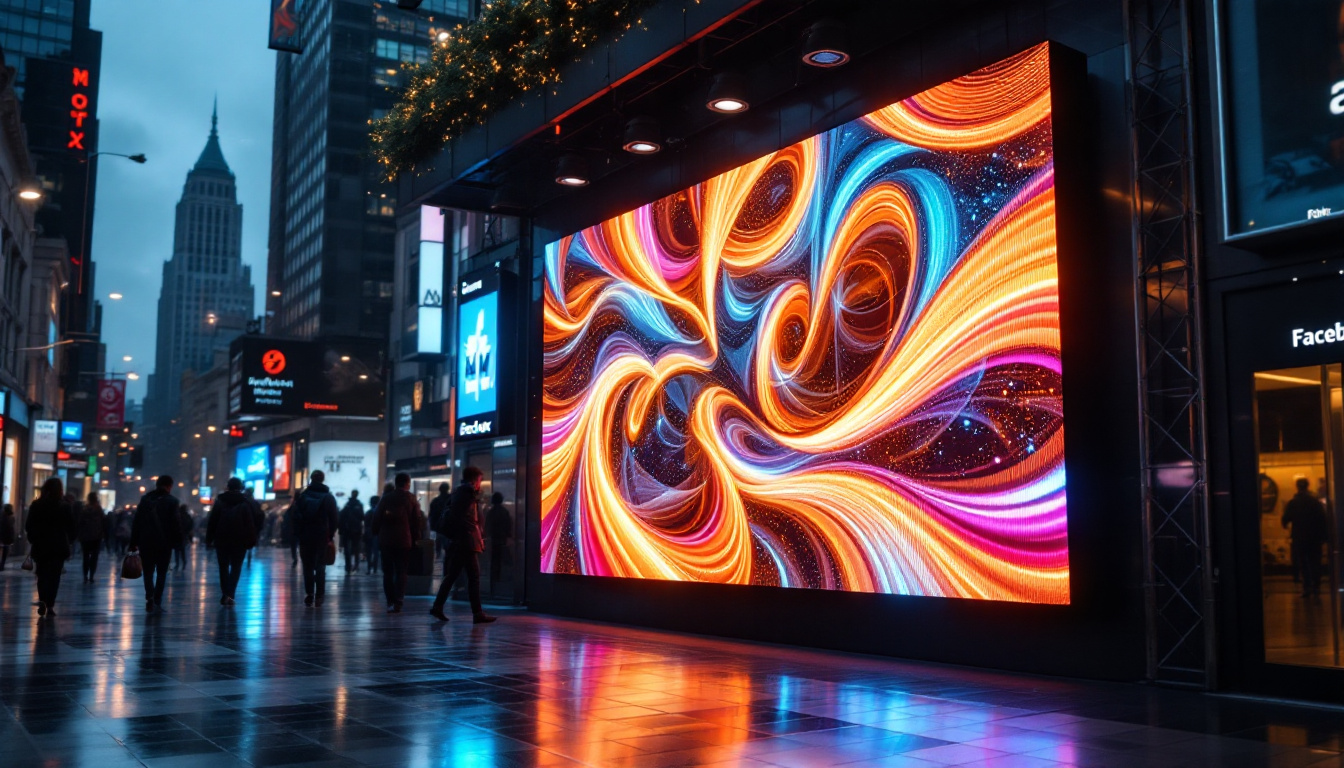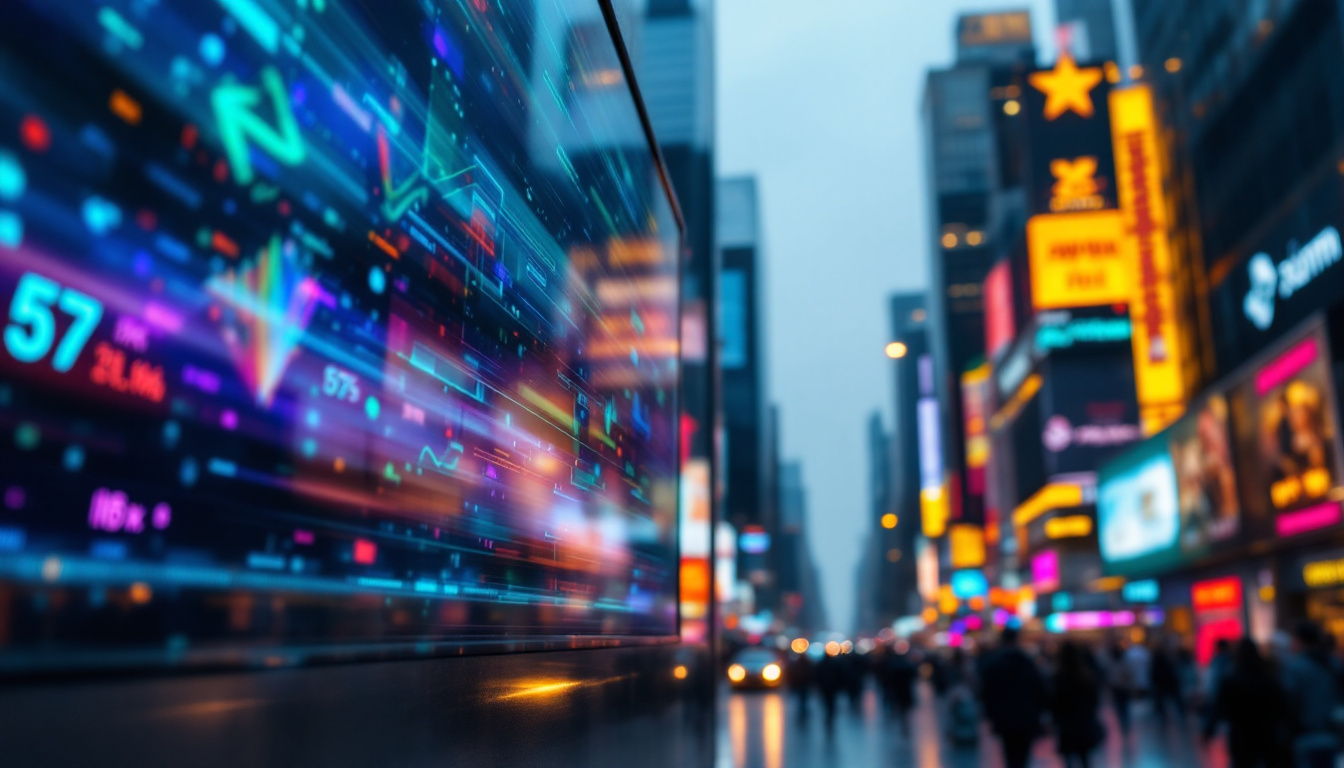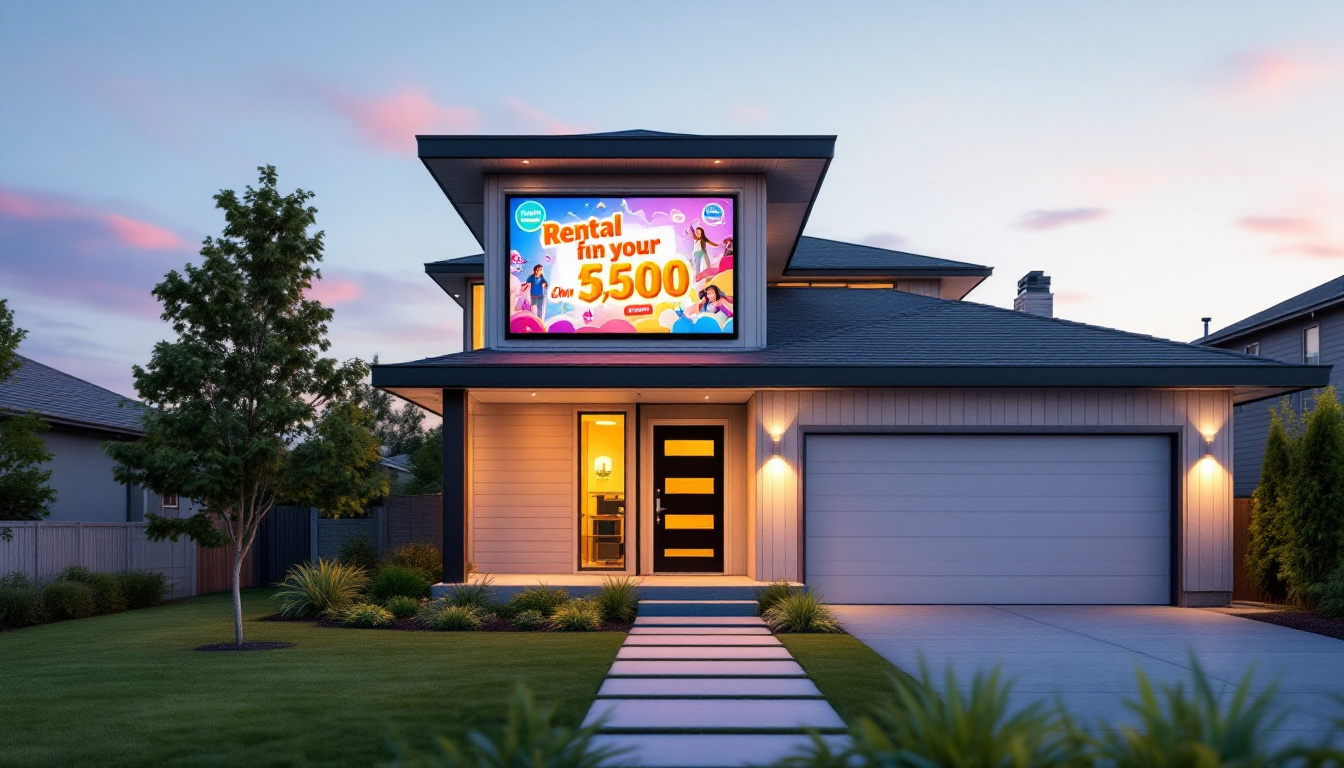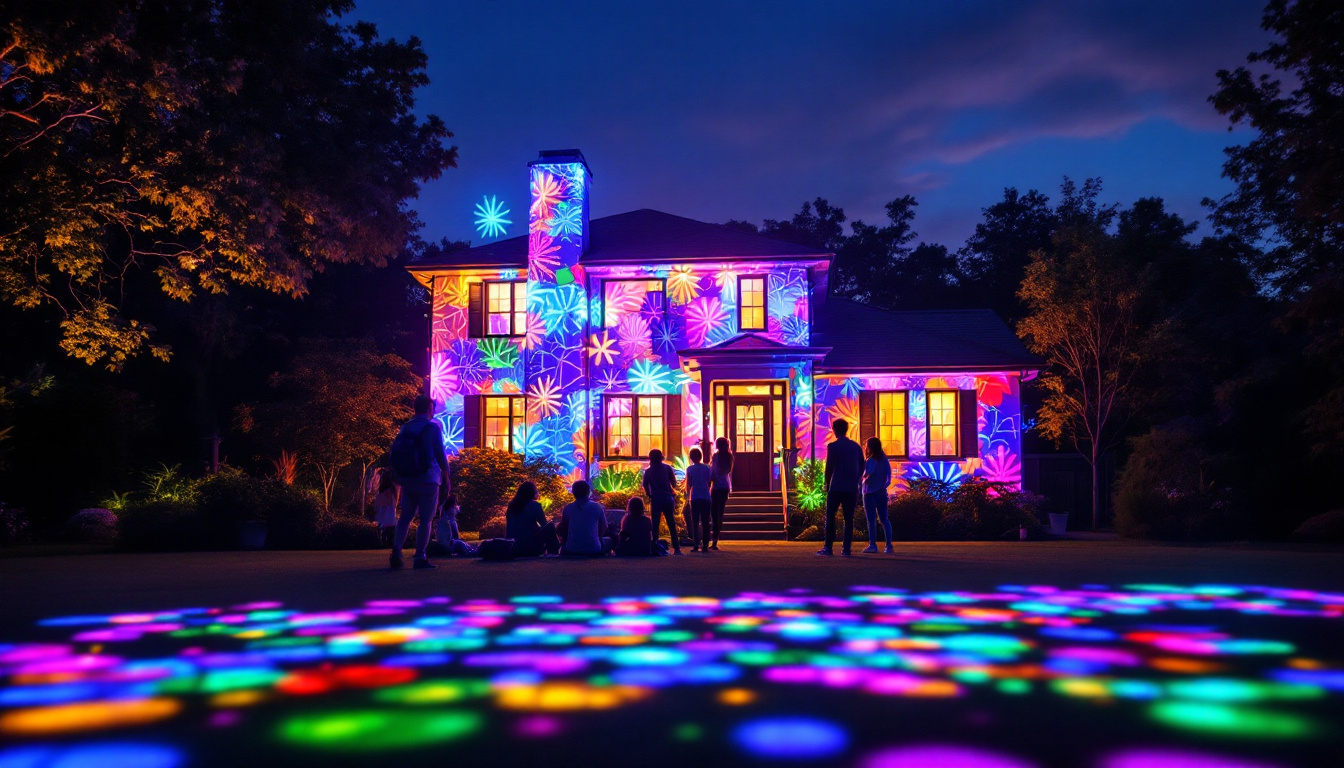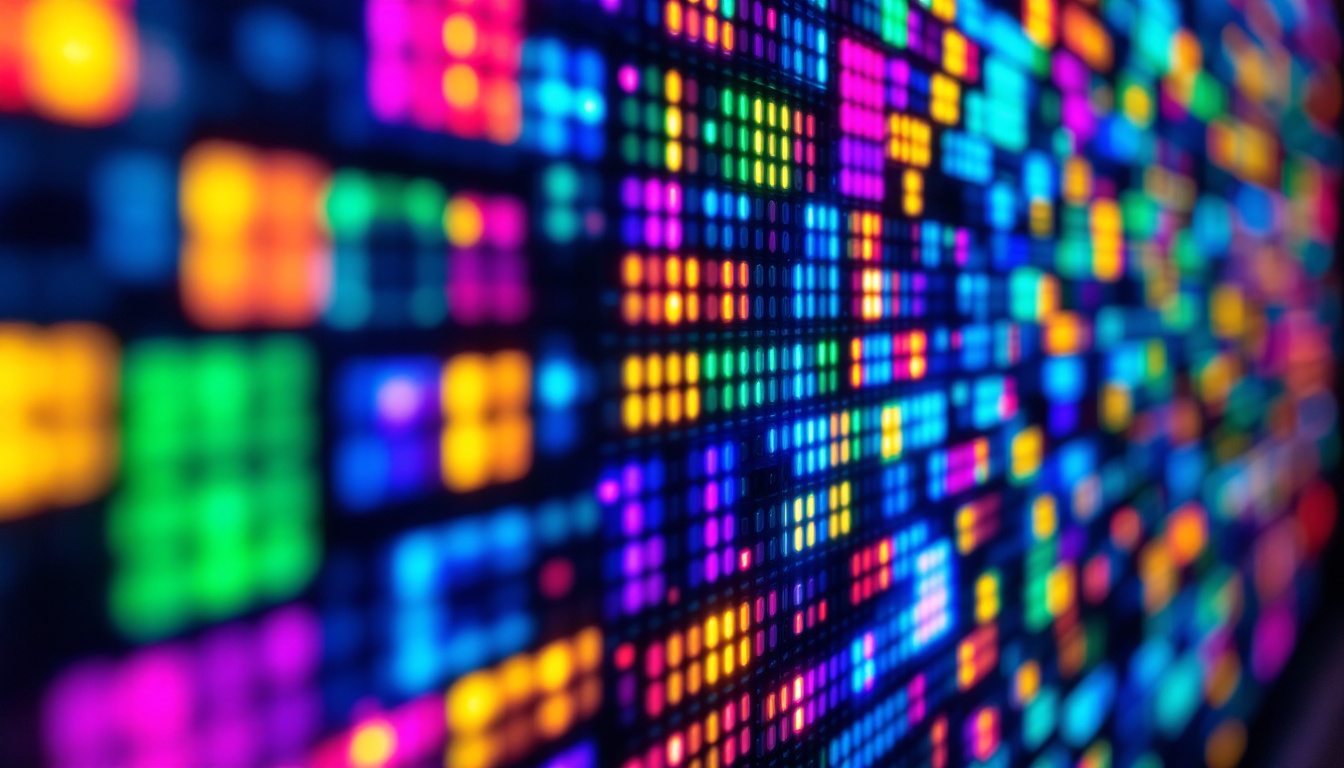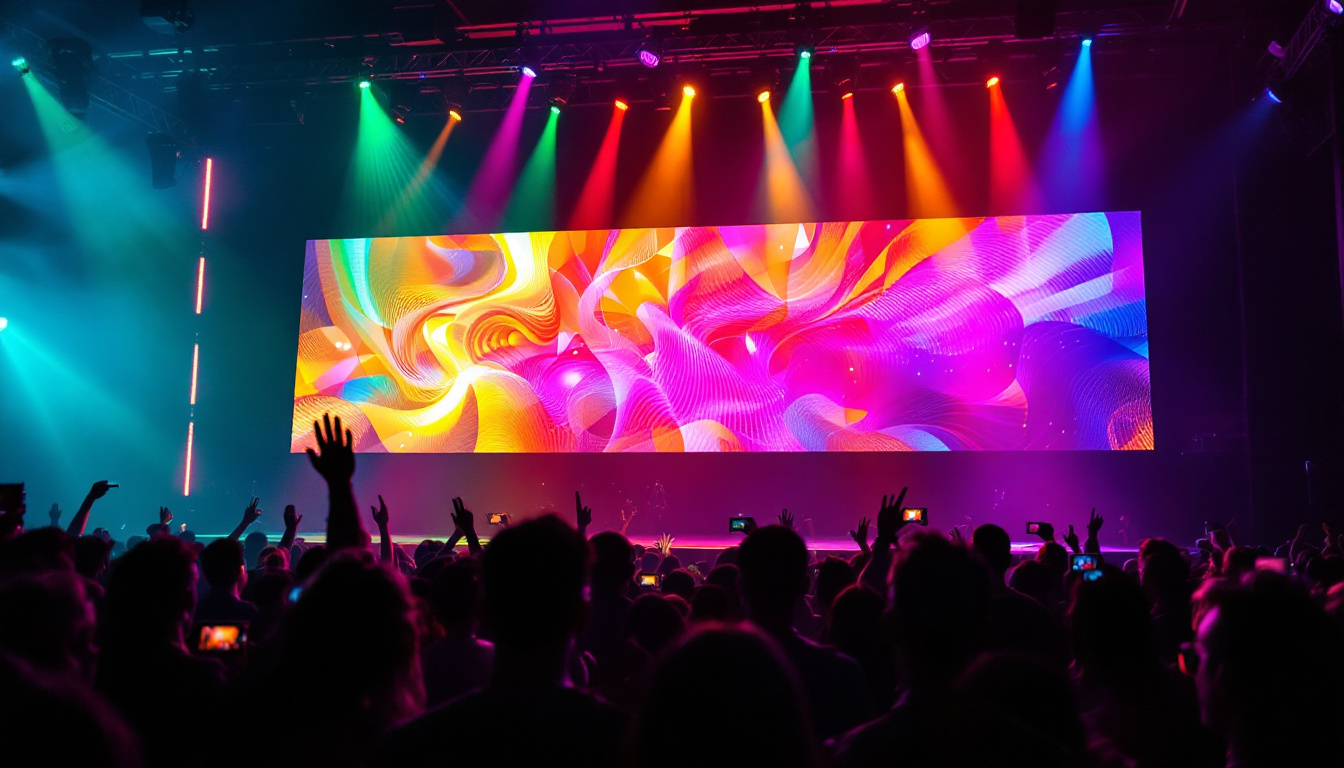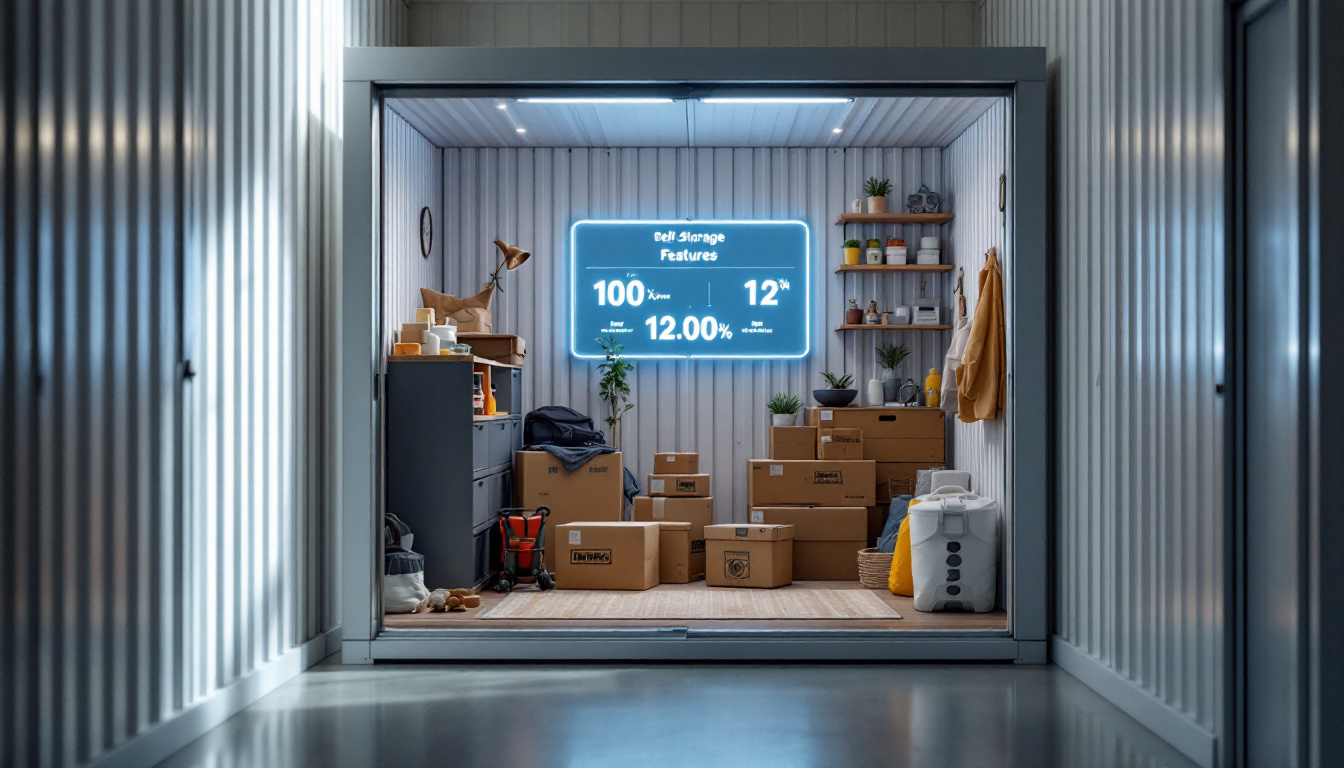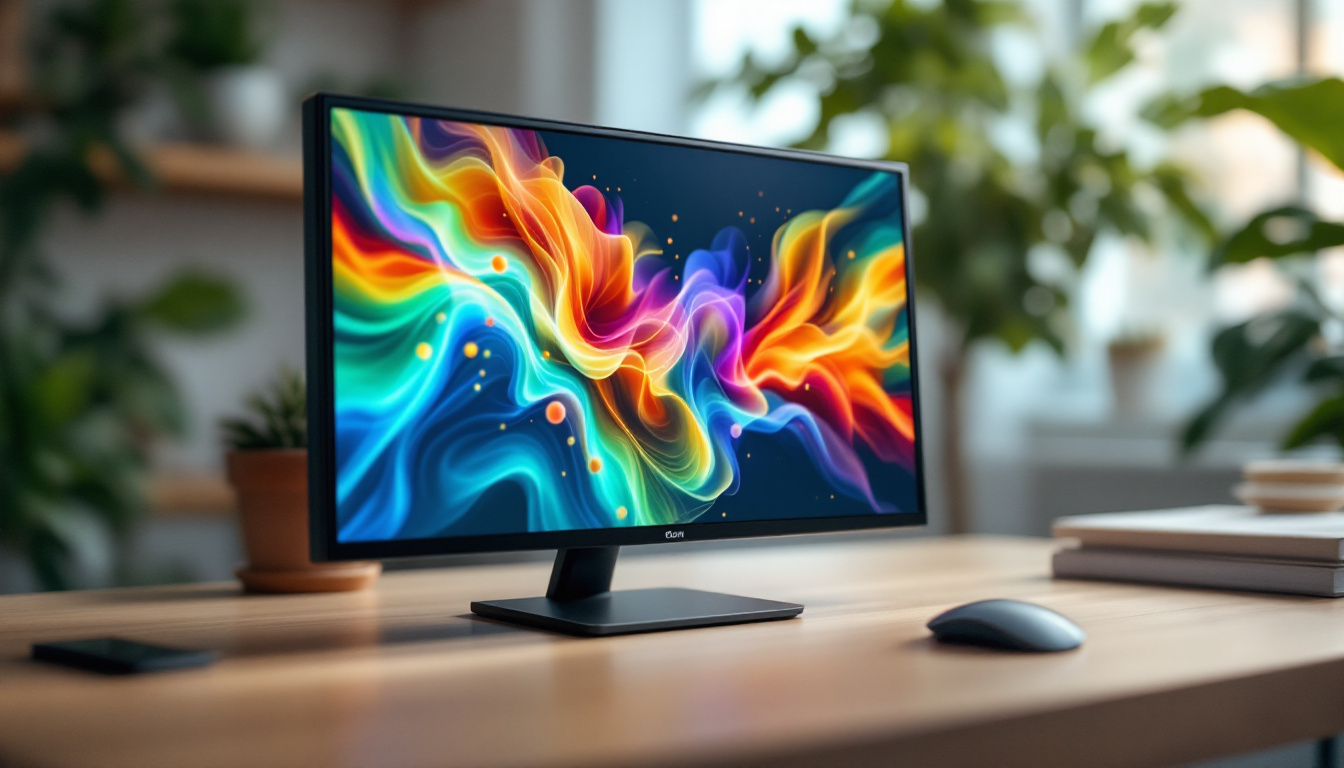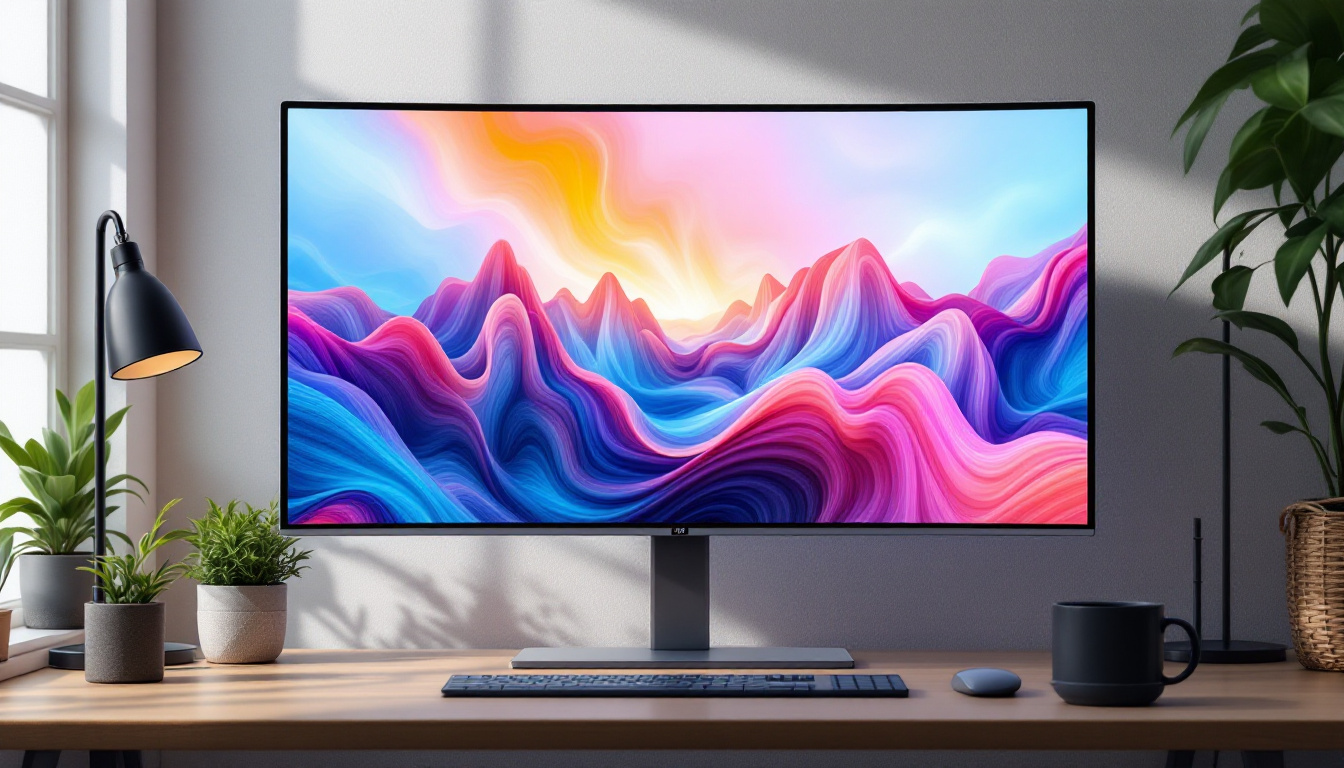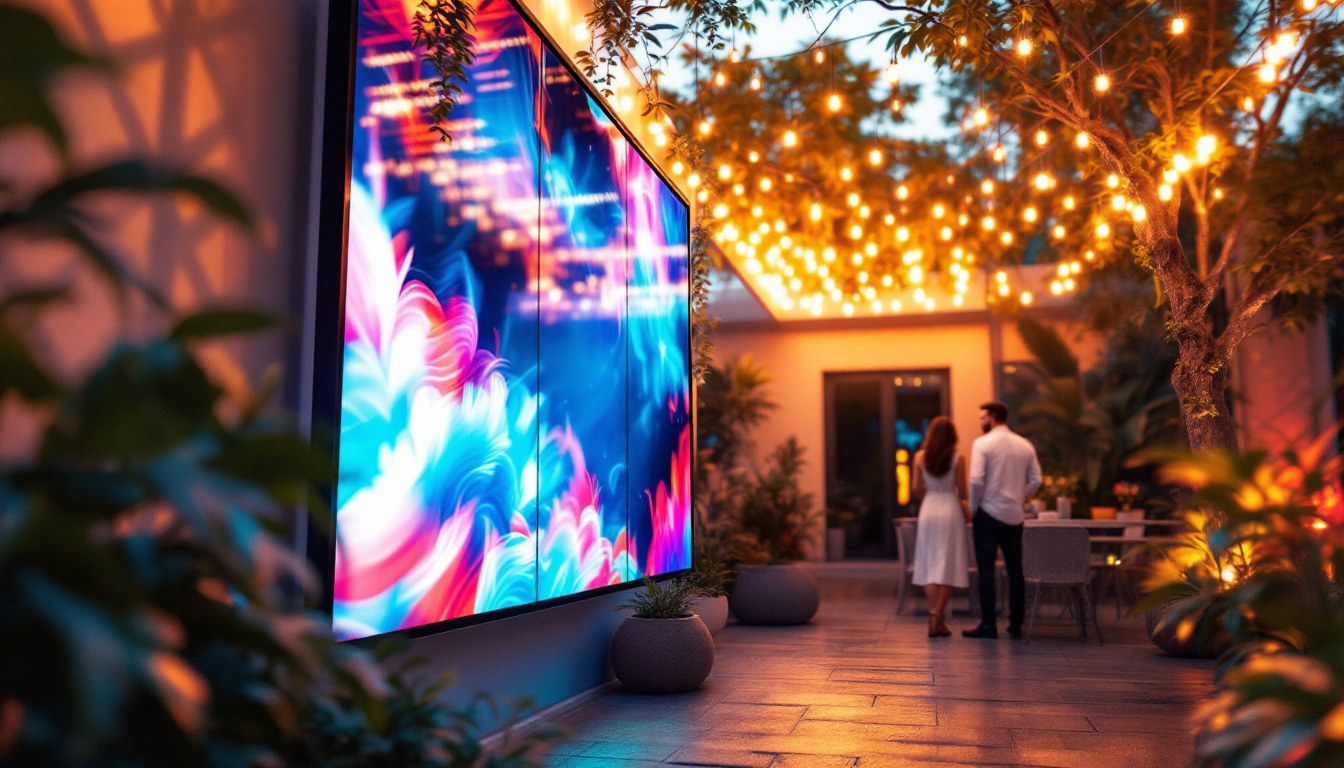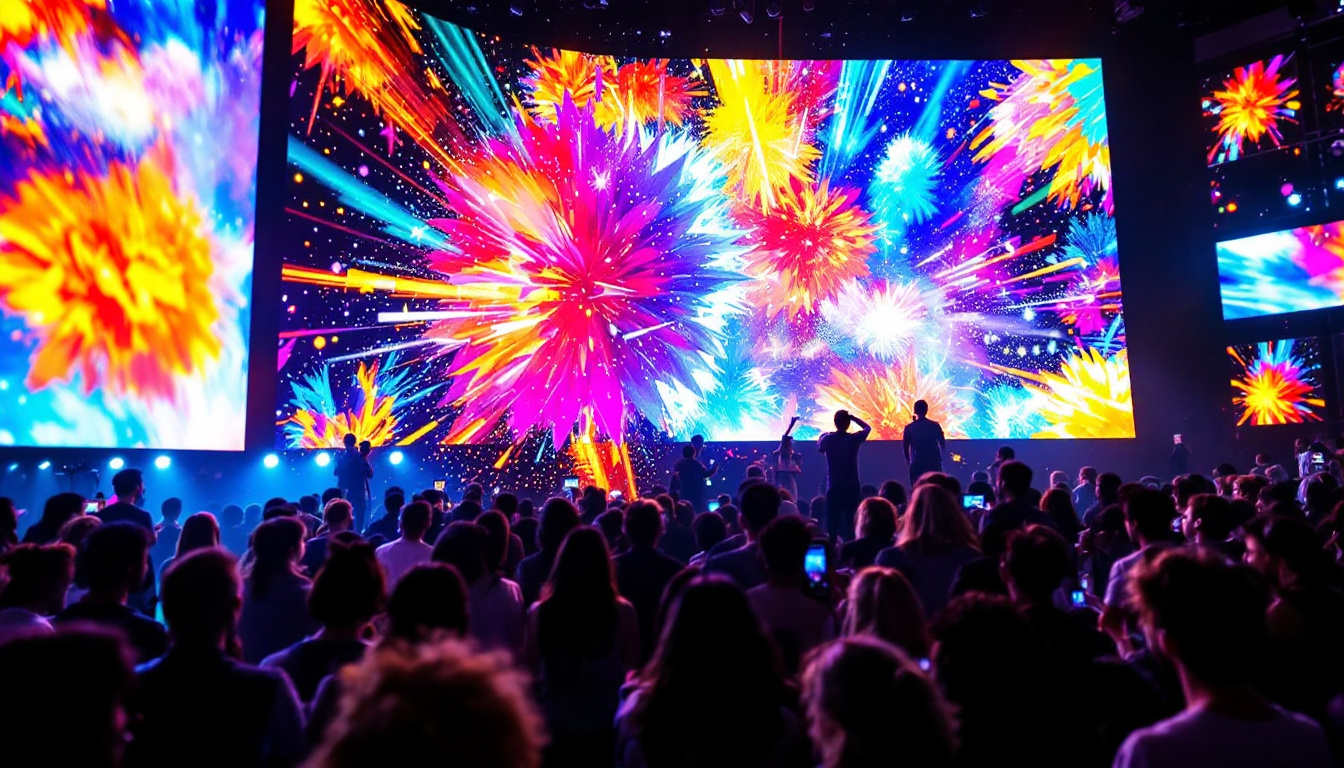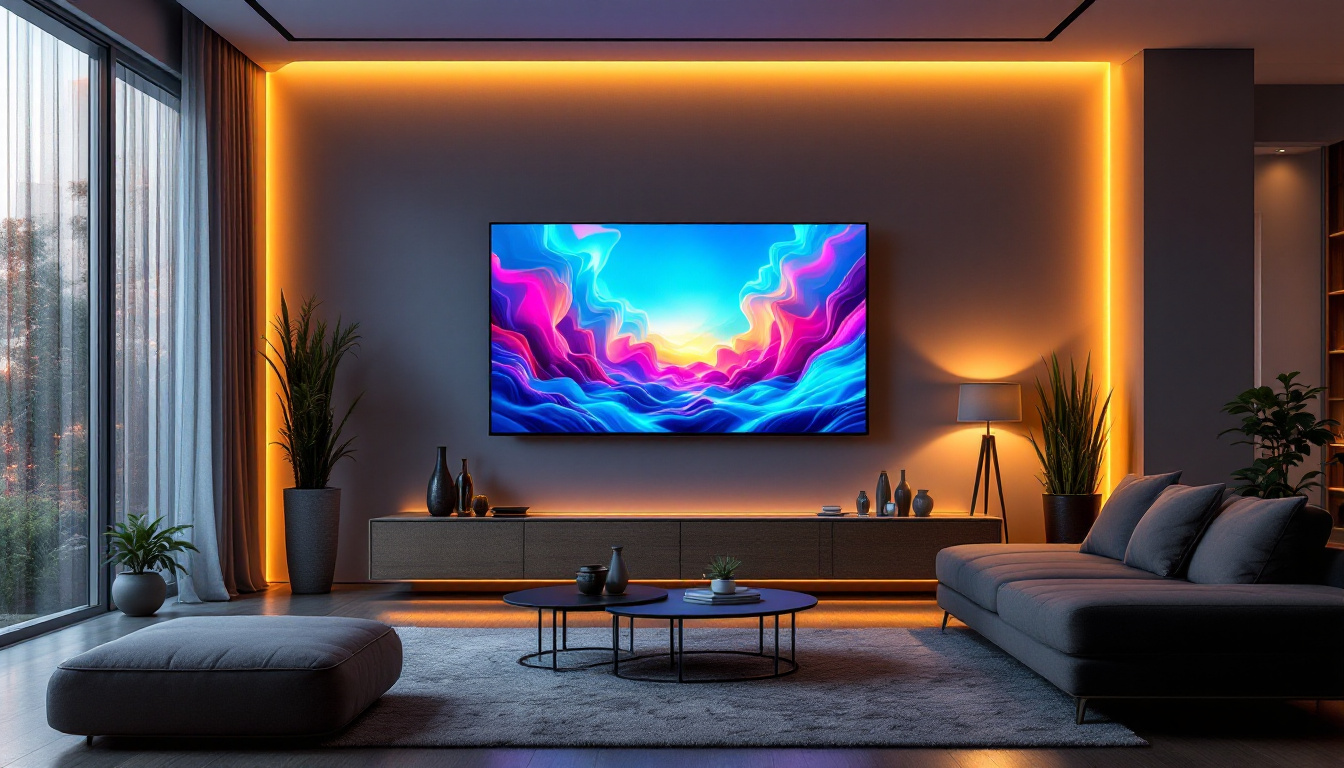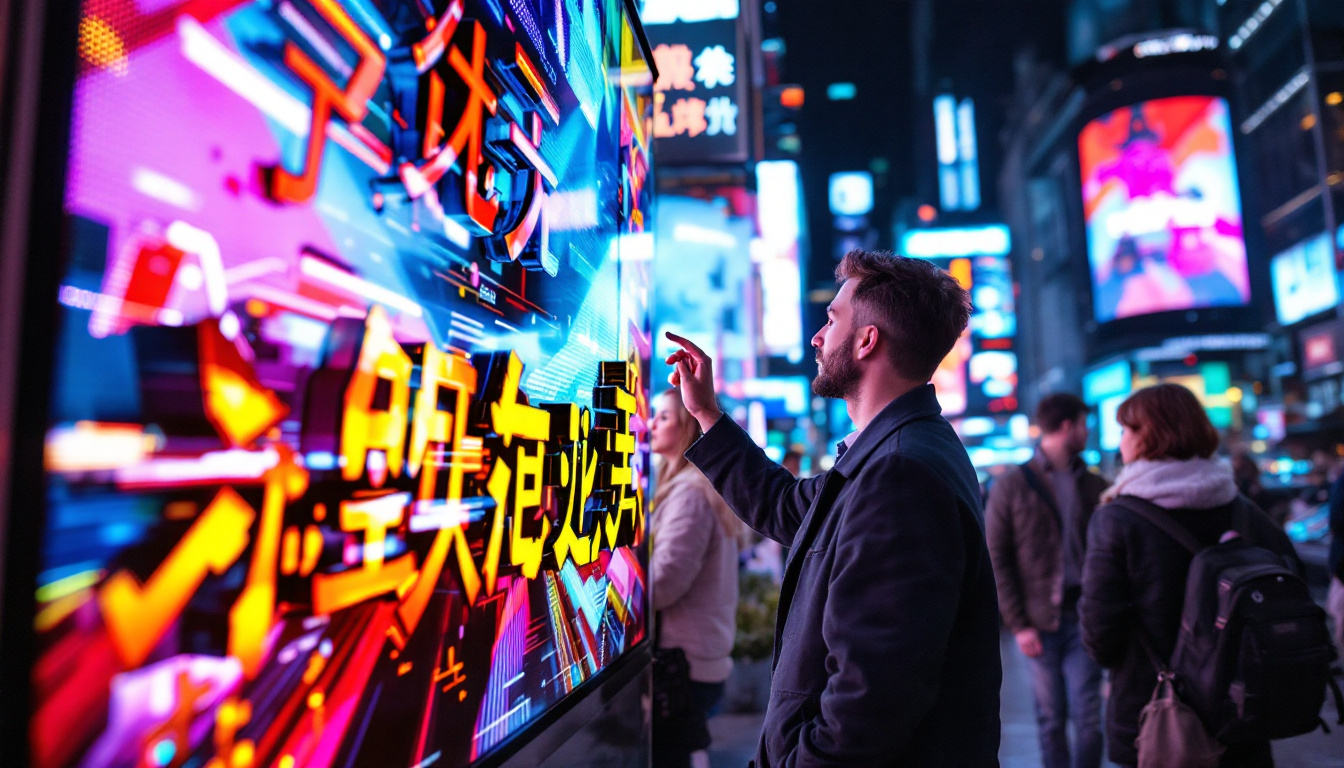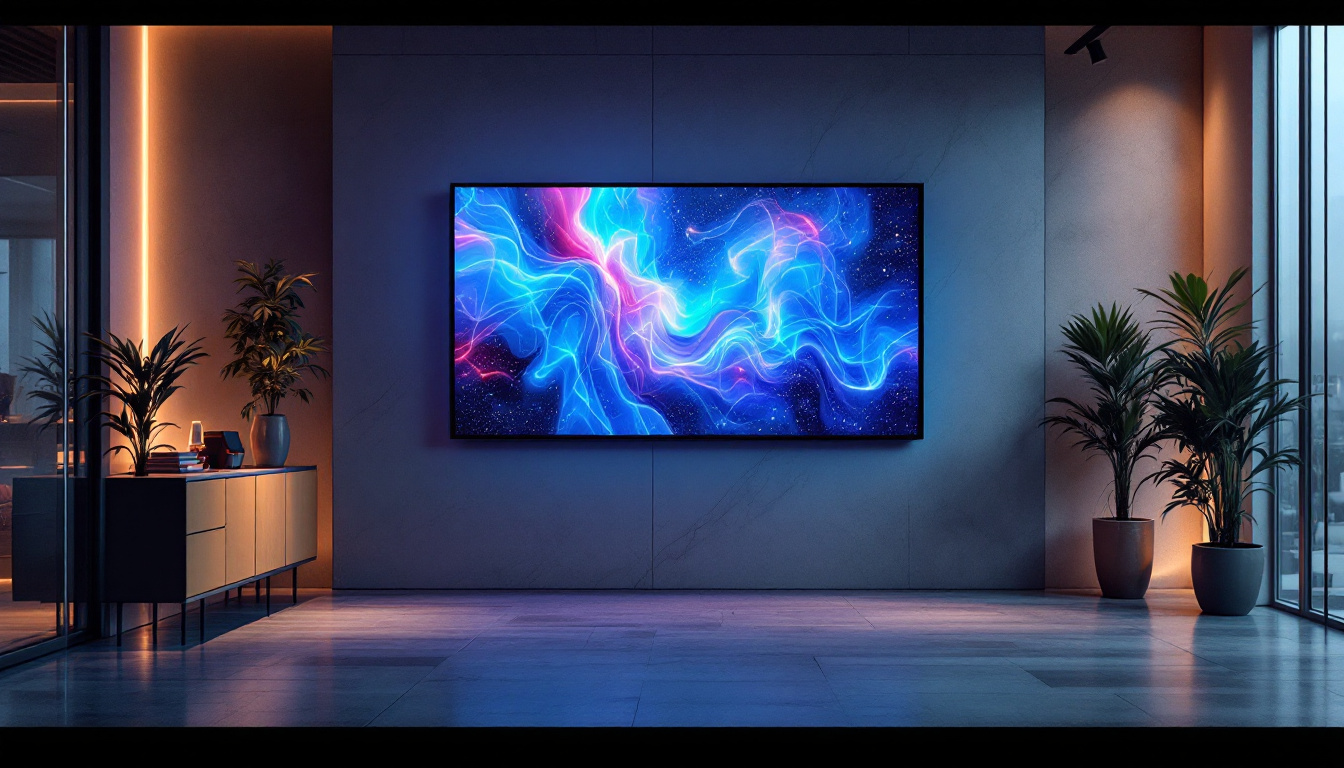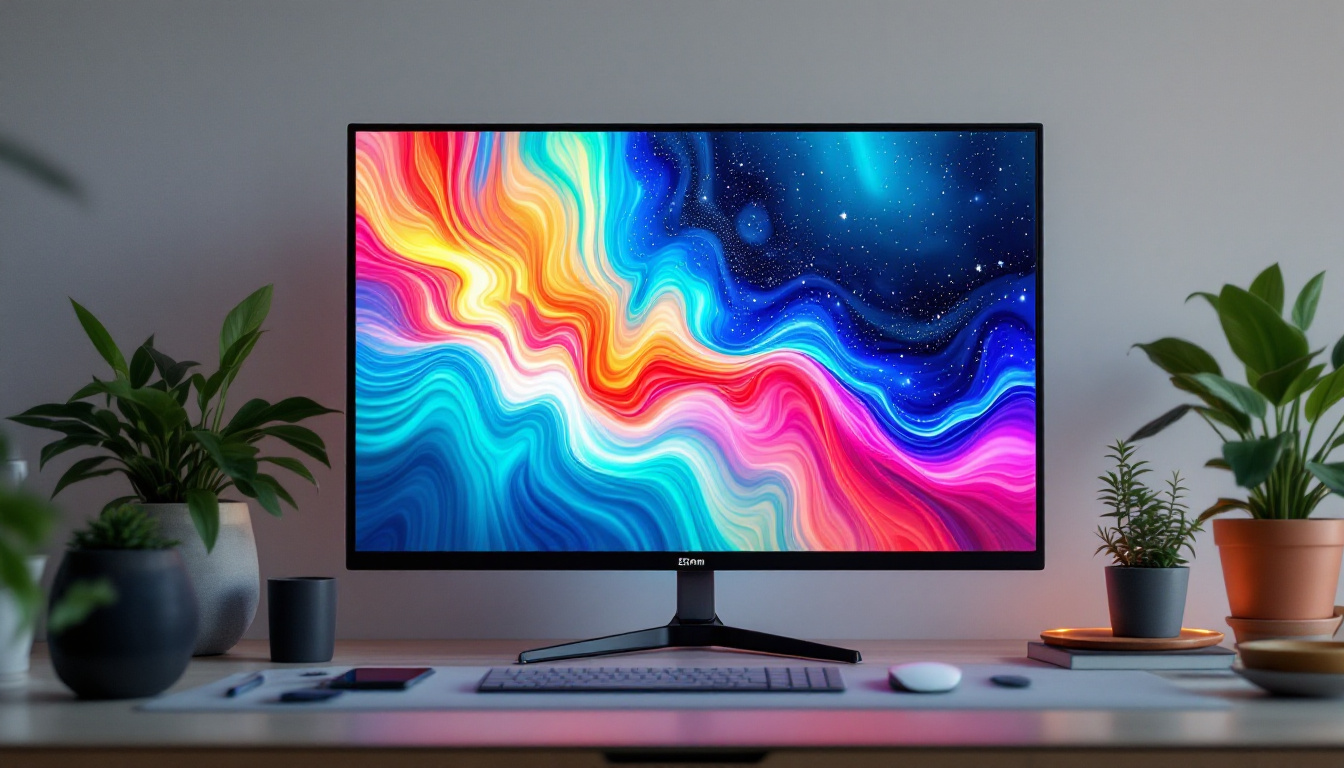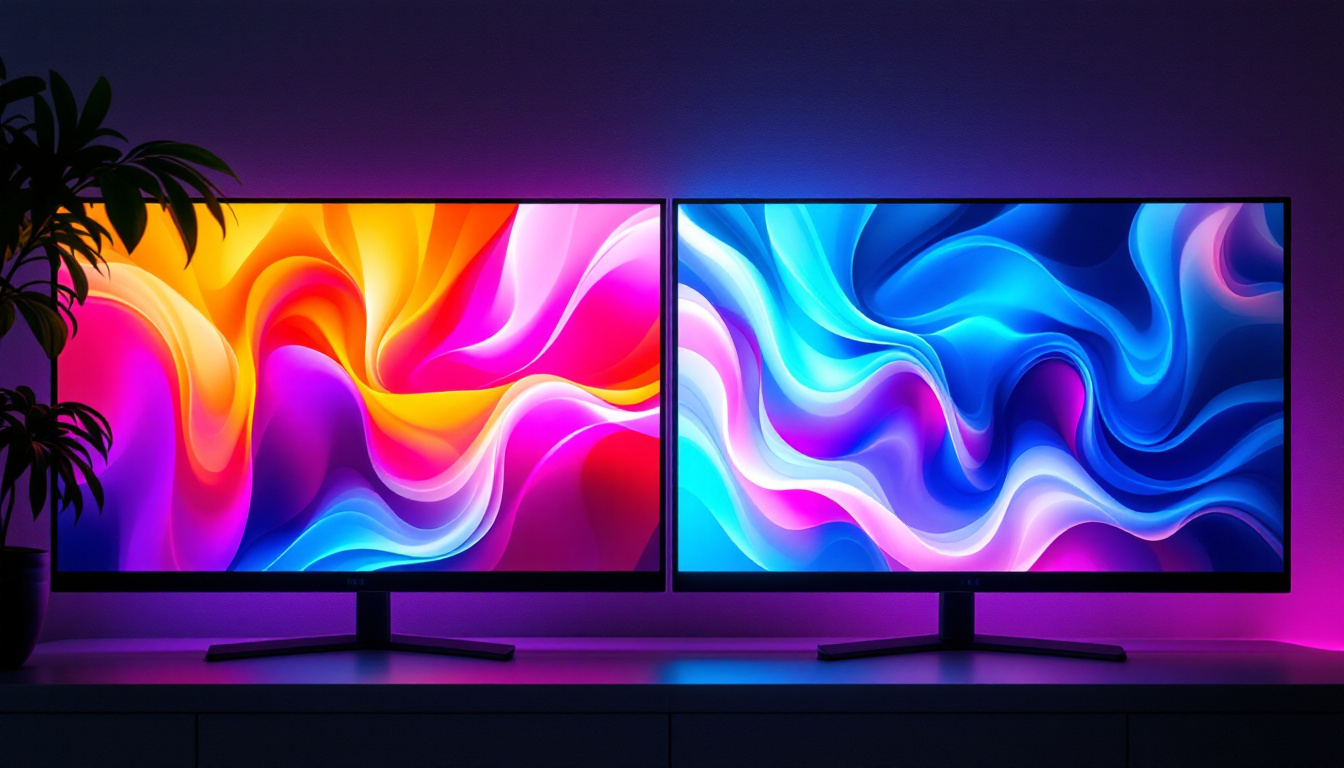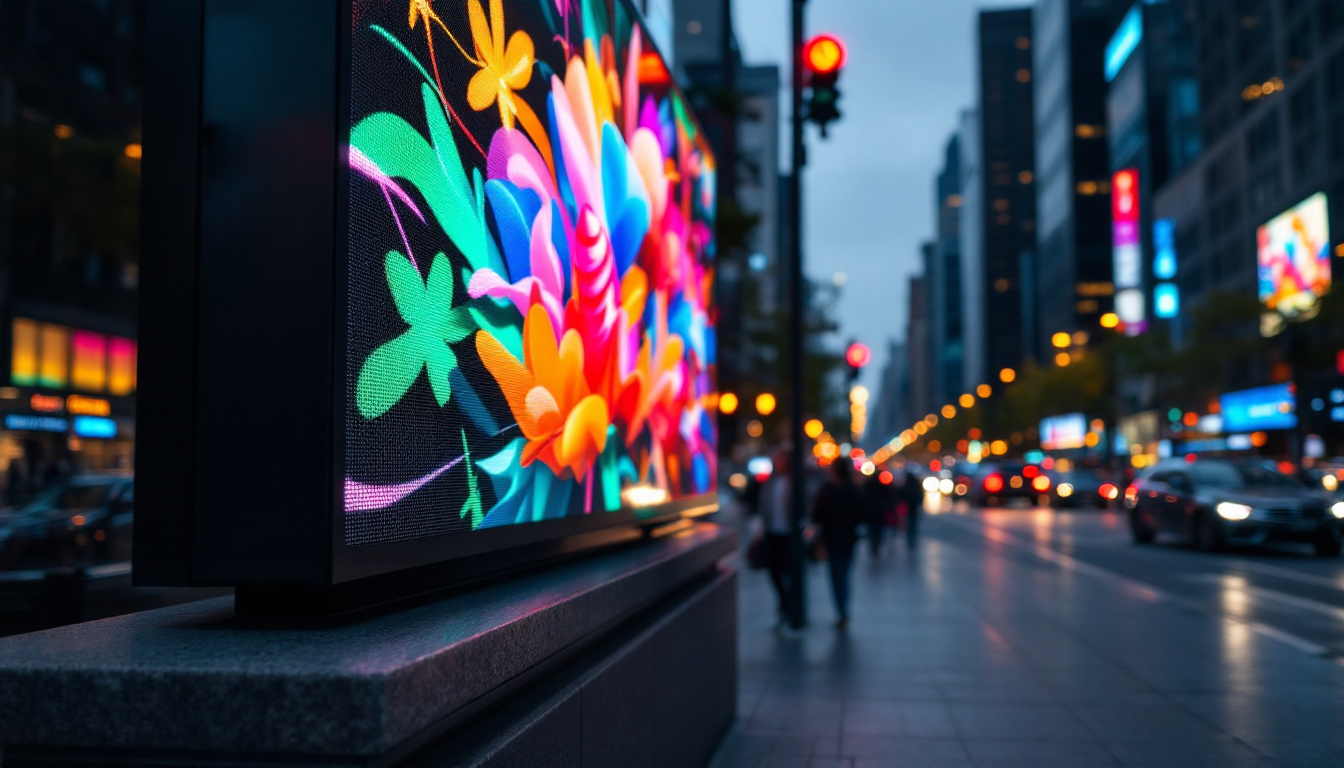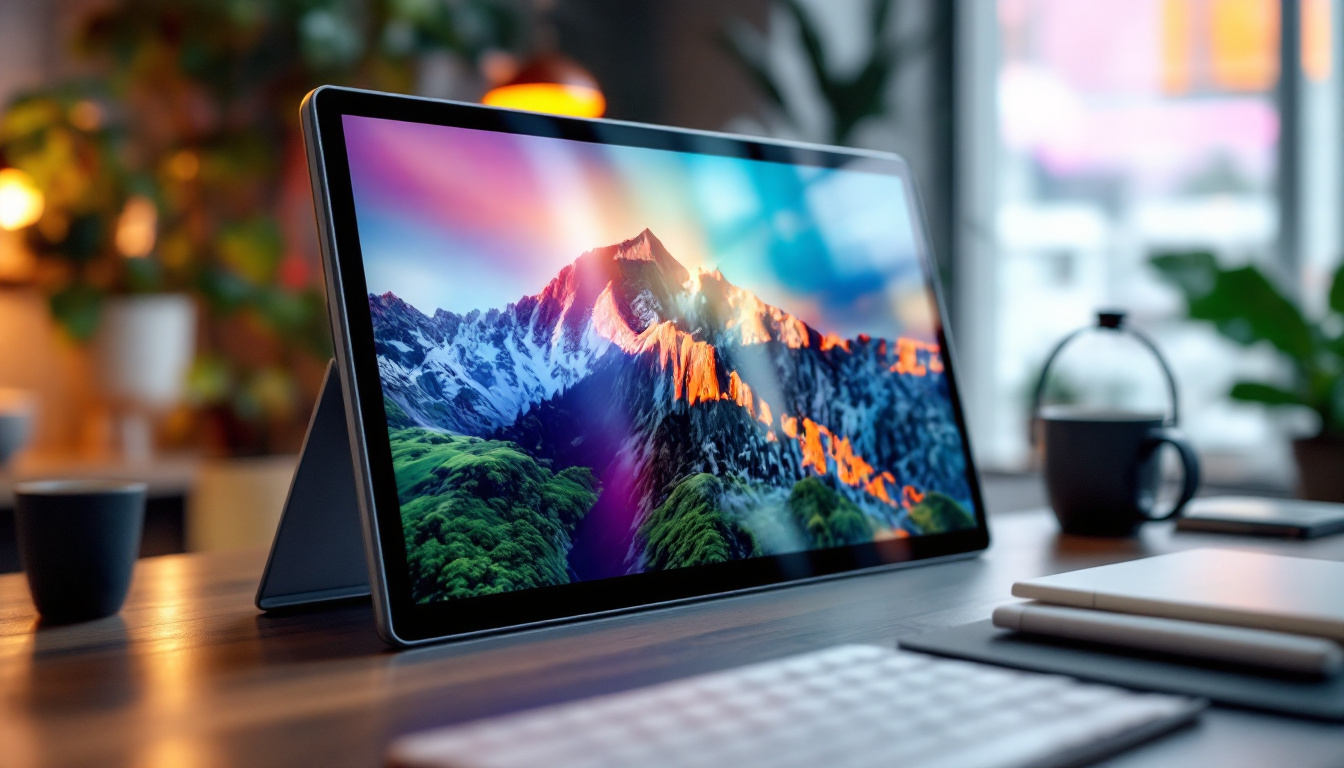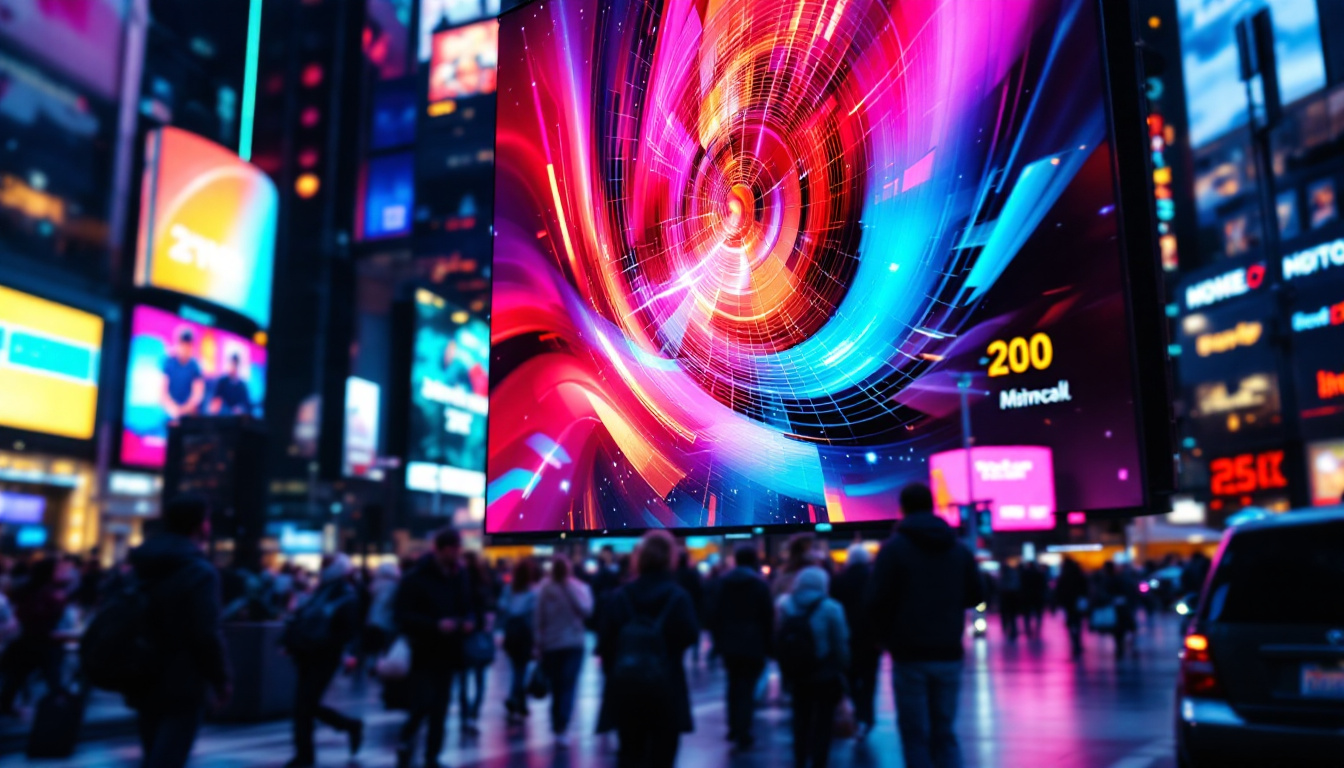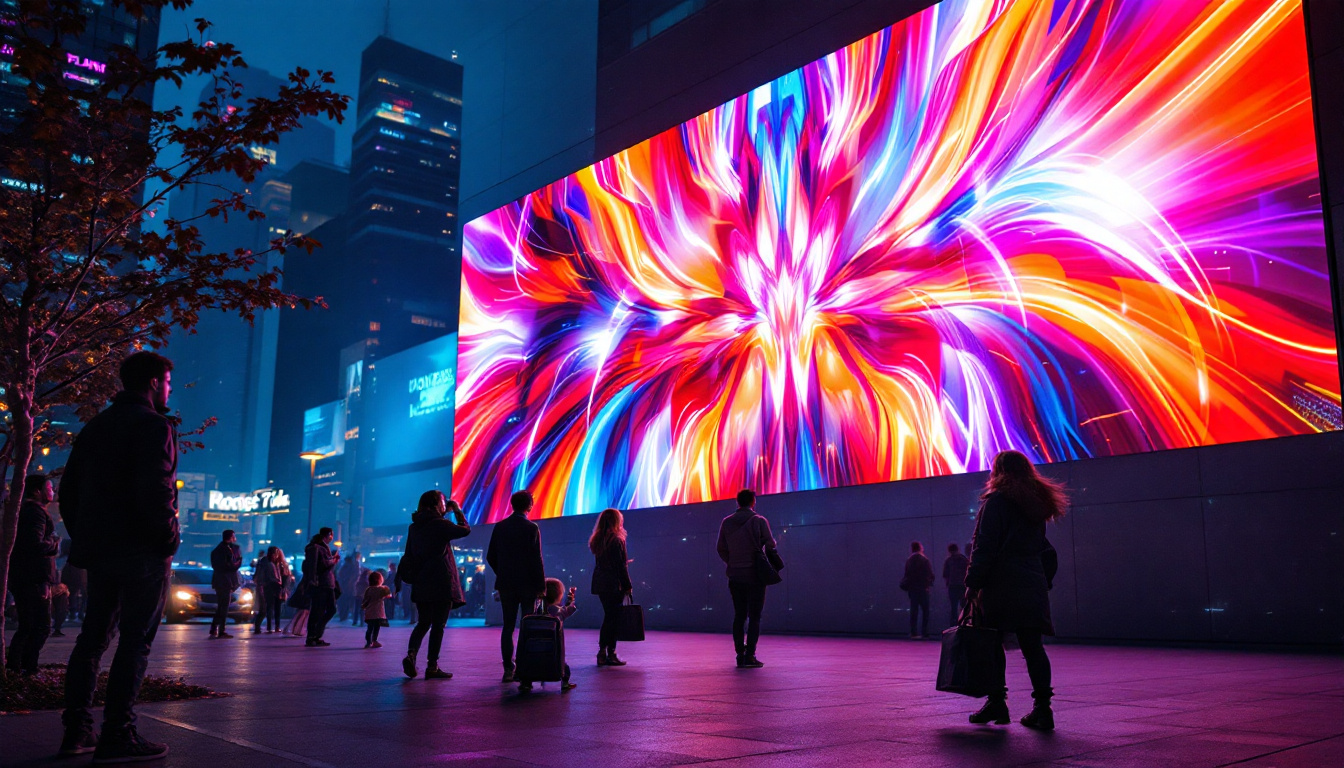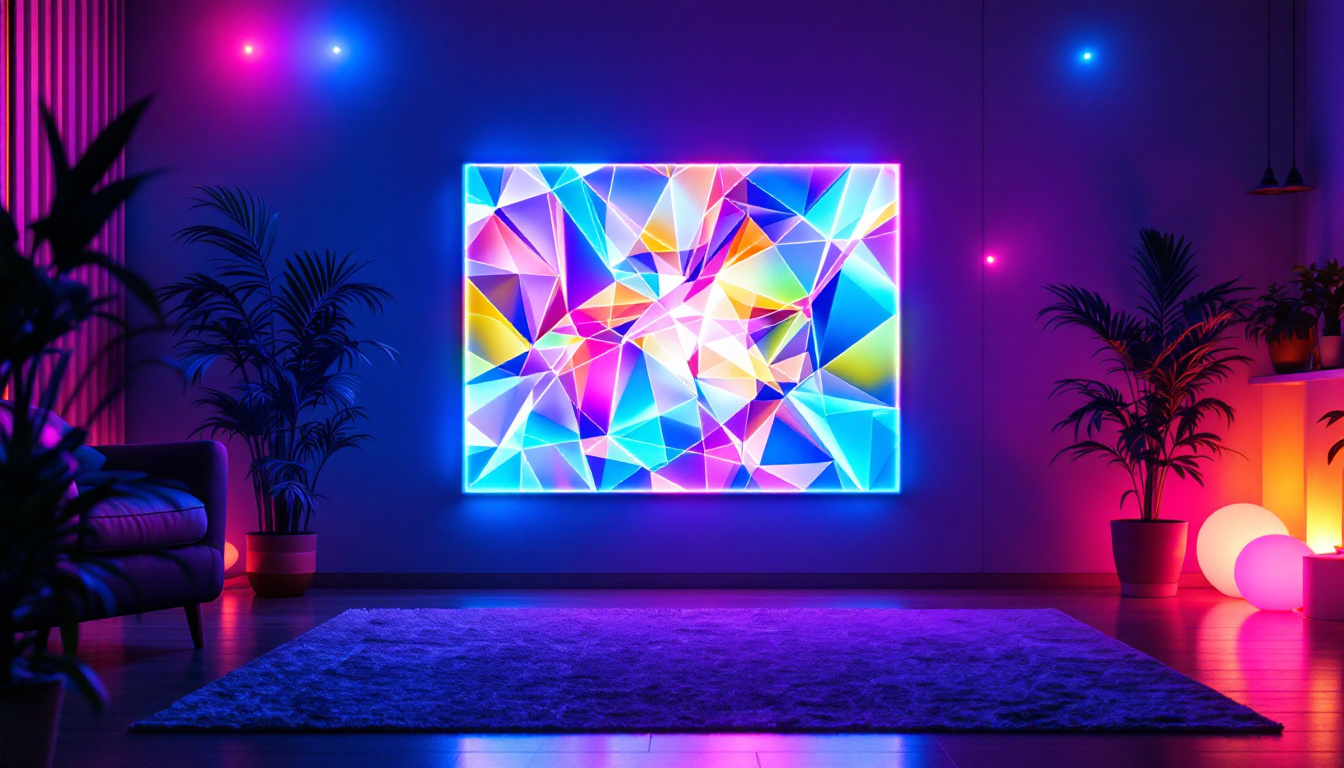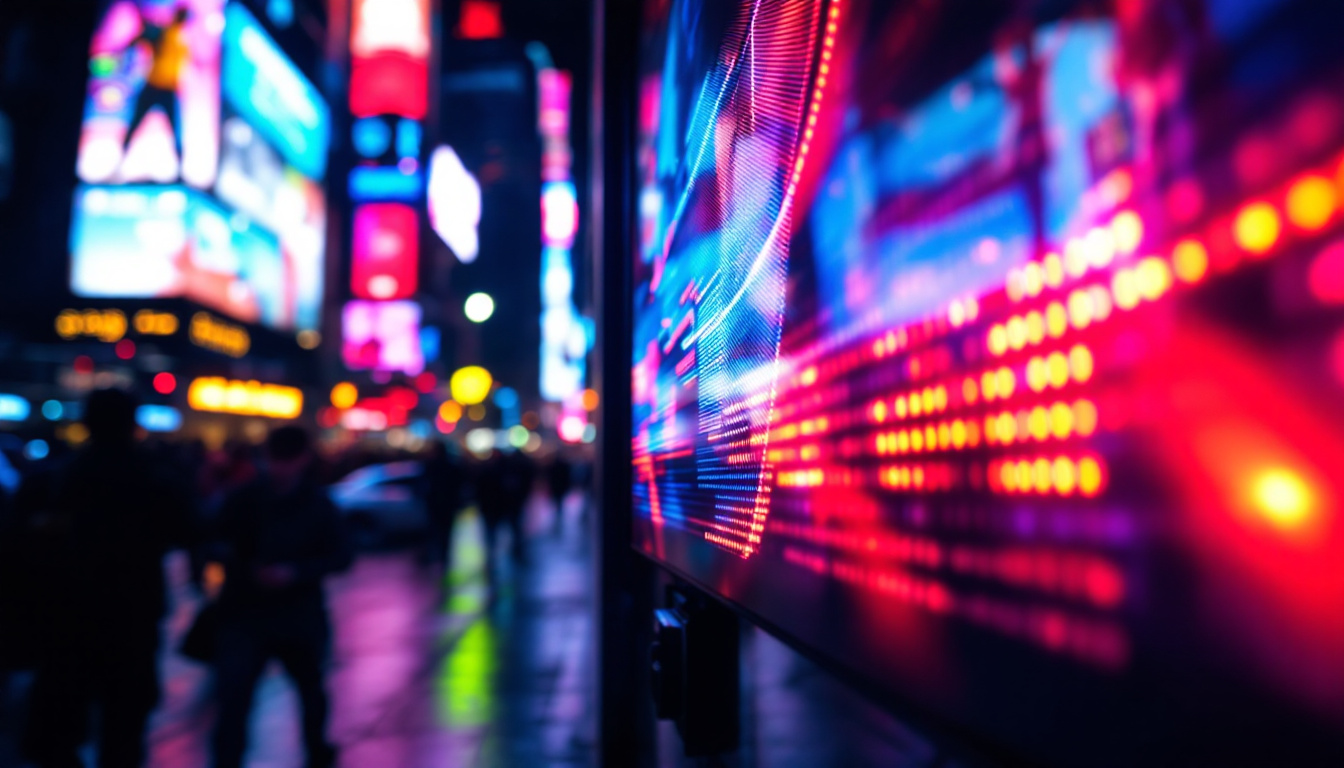In the rapidly evolving landscape of digital marketing, 3D advertisements have emerged as a captivating tool for brands looking to engage their audience in innovative ways. Among the platforms leading this charge is Facebook, which has integrated advanced LED display technology to create immersive advertising experiences. This article delves into the mechanics, benefits, and future of 3D ads on Facebook, focusing on LED displays and their impact on consumer engagement.
Understanding 3D Advertising
3D advertising refers to the use of three-dimensional visuals to create a more engaging and interactive experience for viewers. Unlike traditional 2D ads, 3D ads can provide depth and realism, making them more appealing to consumers. This technology has gained traction across various platforms, but Facebook’s integration of 3D ads stands out due to its vast user base and advanced targeting capabilities.
The Technology Behind 3D Ads
At the core of 3D advertising is the technology that enables the creation of three-dimensional visuals. This typically involves the use of computer-generated imagery (CGI) and advanced rendering techniques. These visuals can be displayed on various platforms, but Facebook’s integration with LED displays adds a unique dimension to the experience.
LED displays are known for their brightness and clarity, which enhances the visibility of 3D ads. They can be used in various formats, from large outdoor billboards to smaller screens within retail environments. The combination of 3D visuals and LED technology allows brands to create eye-catching advertisements that capture attention and drive engagement. Furthermore, the use of augmented reality (AR) is becoming increasingly popular in 3D advertising, allowing users to visualize products in their own environment through their mobile devices. This not only adds an extra layer of interaction but also helps consumers make informed purchasing decisions by providing a realistic representation of how a product will fit into their lives.
How 3D Ads Work on Facebook
Facebook has harnessed the power of 3D ads by allowing advertisers to create immersive experiences that can be viewed directly in users’ feeds. When a user scrolls through their feed, they may encounter a 3D ad that they can interact with. This interaction can include rotating the object, zooming in, or even viewing it from different angles.
These interactive elements not only make the ad more engaging but also encourage users to spend more time interacting with the content. This increased engagement can lead to higher conversion rates, as users are more likely to remember and act upon an ad that they have interacted with. Additionally, Facebook’s sophisticated algorithms analyze user behavior, allowing advertisers to refine their targeting strategies based on how users interact with these 3D ads. This means that brands can tailor their messaging and visuals to resonate more deeply with specific audiences, ultimately enhancing the effectiveness of their advertising campaigns. As a result, 3D advertising on Facebook not only elevates the user experience but also provides valuable insights for brands looking to maximize their reach and impact in a competitive marketplace.
The Benefits of 3D Ads on Facebook
3D ads offer several advantages for brands looking to enhance their advertising strategies. The most notable benefits include improved engagement, enhanced brand recall, and the ability to showcase products in a more dynamic way.
Increased User Engagement
One of the primary benefits of 3D ads is their ability to capture user attention. Traditional ads often blend into the background, but 3D ads stand out due to their interactive nature. Users are more likely to engage with content that allows them to interact and explore, leading to longer viewing times and increased interest in the product or service being advertised.
This heightened engagement can translate into higher click-through rates and conversions. When users feel a connection to the ad, they are more likely to take the next step, whether that involves visiting a website, signing up for a newsletter, or making a purchase.
Enhanced Brand Recall
Another significant advantage of 3D ads is their impact on brand recall. Research has shown that interactive and visually striking advertisements are more memorable than traditional formats. When users interact with a 3D ad, they are more likely to remember the brand and the message being conveyed.
This enhanced recall can be particularly beneficial for brands looking to establish a strong presence in a crowded marketplace. By creating a memorable experience, brands can foster loyalty and encourage repeat business.
Showcasing Products Effectively
3D ads allow brands to showcase their products in a way that traditional advertising cannot. For instance, a furniture retailer can use 3D ads to demonstrate how a piece of furniture looks in a room setting, allowing consumers to visualize the product in their own space.
This capability is particularly valuable for e-commerce brands, where consumers often hesitate to make purchases without seeing a product in detail. By providing a dynamic, interactive view of the product, brands can alleviate some of these concerns and encourage purchases.
Challenges of Implementing 3D Ads
While the benefits of 3D ads are compelling, there are also challenges associated with their implementation. Brands must consider factors such as production costs, technical requirements, and the need for skilled personnel to create high-quality 3D content.
Production Costs
Creating high-quality 3D ads can be a costly endeavor. The process often involves hiring skilled designers and using advanced software to produce the visuals. For smaller brands or startups, these costs can be prohibitive, making it challenging to compete with larger companies that have more resources.
However, as technology advances and becomes more accessible, it is likely that the costs associated with producing 3D ads will decrease, allowing more brands to take advantage of this innovative advertising format.
Technical Requirements
3D ads also come with technical requirements that brands must consider. For instance, ensuring that the ad displays correctly across various devices and platforms can be challenging. Advertisers must optimize their content for mobile, desktop, and tablet users to ensure a seamless experience.
Additionally, brands must ensure that their 3D ads load quickly and do not negatively impact the user experience. Slow-loading ads can lead to frustration and may result in users scrolling past the content altogether.
Need for Skilled Personnel
The creation of 3D ads requires a level of expertise that not all marketing teams possess. Brands may need to invest in training or hire external agencies to produce high-quality content. This reliance on skilled personnel can create additional challenges, particularly for brands with limited budgets or resources.
Measuring the Success of 3D Ads
To fully leverage the potential of 3D ads, brands must implement effective measurement strategies to assess their performance. Understanding how to track engagement, conversions, and overall effectiveness is crucial for optimizing future campaigns.
Key Performance Indicators (KPIs)
When measuring the success of 3D ads, brands should focus on several key performance indicators (KPIs). These may include click-through rates, engagement rates, and conversion rates. By analyzing these metrics, brands can gain insights into how well their ads are resonating with their audience.
Engagement rates, in particular, are a critical metric for 3D ads. High engagement rates indicate that users are interacting with the content, which can lead to increased brand awareness and conversions. Brands should also monitor how long users spend interacting with the ad, as longer interaction times often correlate with higher levels of interest.
Utilizing A/B Testing
A/B testing is another valuable tool for measuring the effectiveness of 3D ads. By creating multiple versions of an ad and testing them with different audience segments, brands can identify which elements resonate most with their target audience. This approach allows for continuous improvement and optimization of advertising strategies.
For instance, brands can experiment with different visuals, calls to action, or interactive features to determine which combinations yield the best results. A/B testing can provide valuable insights that inform future campaigns and drive better outcomes.
The Future of 3D Advertising on Facebook
The future of 3D advertising on Facebook looks promising, with advancements in technology and user engagement trends shaping the landscape. As brands continue to explore innovative ways to connect with consumers, 3D ads are likely to play a significant role in the evolution of digital marketing.
Emerging Technologies
As technology continues to advance, new tools and platforms for creating 3D ads will emerge. Virtual reality (VR) and augmented reality (AR) are already making waves in the advertising space, and their integration with 3D ads could further enhance user experiences. Imagine a scenario where users can virtually place a product in their home using AR technology, creating an even more immersive experience.
These emerging technologies will not only provide new creative opportunities for brands but also allow for more personalized and targeted advertising experiences. As consumers increasingly seek authenticity and connection with brands, the ability to create tailored experiences will become essential.
Increased Consumer Expectations
As 3D ads become more prevalent, consumer expectations will also evolve. Users will come to expect more engaging and interactive content, pushing brands to continually innovate and improve their advertising strategies. This shift will require brands to stay ahead of trends and adapt their approaches to meet changing consumer demands.
Brands that can successfully navigate this landscape will be well-positioned to capture attention and drive engagement in an increasingly competitive market.
Conclusion
3D ads on Facebook, powered by LED display technology, represent a transformative shift in digital advertising. By offering immersive experiences that captivate users, brands can enhance engagement, improve brand recall, and showcase products in dynamic ways. However, challenges such as production costs and technical requirements must be navigated to fully leverage this innovative advertising format.
As technology continues to advance and consumer expectations evolve, the future of 3D advertising looks bright. Brands that embrace these changes and invest in creating high-quality, engaging content will be well-equipped to thrive in the ever-changing digital landscape. The integration of 3D ads into marketing strategies is not just a trend; it is a glimpse into the future of advertising.
Discover the Future of Advertising with LumenMatrix
Ready to elevate your brand’s advertising strategy with the immersive power of 3D LED displays? LumenMatrix is at the forefront of LED display technology, offering a comprehensive range of solutions that bring your marketing to life. From Indoor and Outdoor LED Wall Displays to innovative LED Sports and Transparent Displays, our products are designed to captivate your audience and amplify your message. Experience the future of visual communication with LumenMatrix and transform the way your business connects with consumers. Check out LumenMatrix LED Display Solutions today and step into a new era of digital advertising.

